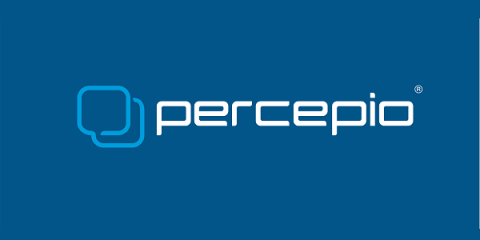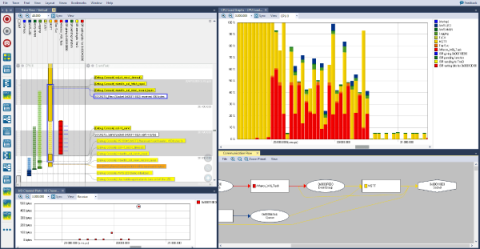A Dynamic Duo for Complex Embedded Environments
The world of embedded systems evolves, with devices growing ever more sophisticated and software-centric. In this new landscape, with highly interconnected environments that defy traditional testing and debugging approaches, a reactive, fire-fighting mentality is no longer sufficient. Developers need a proactive strategy to gain continuous visibility into system behaviour—a strategy known as observability-driven development (ODD).









